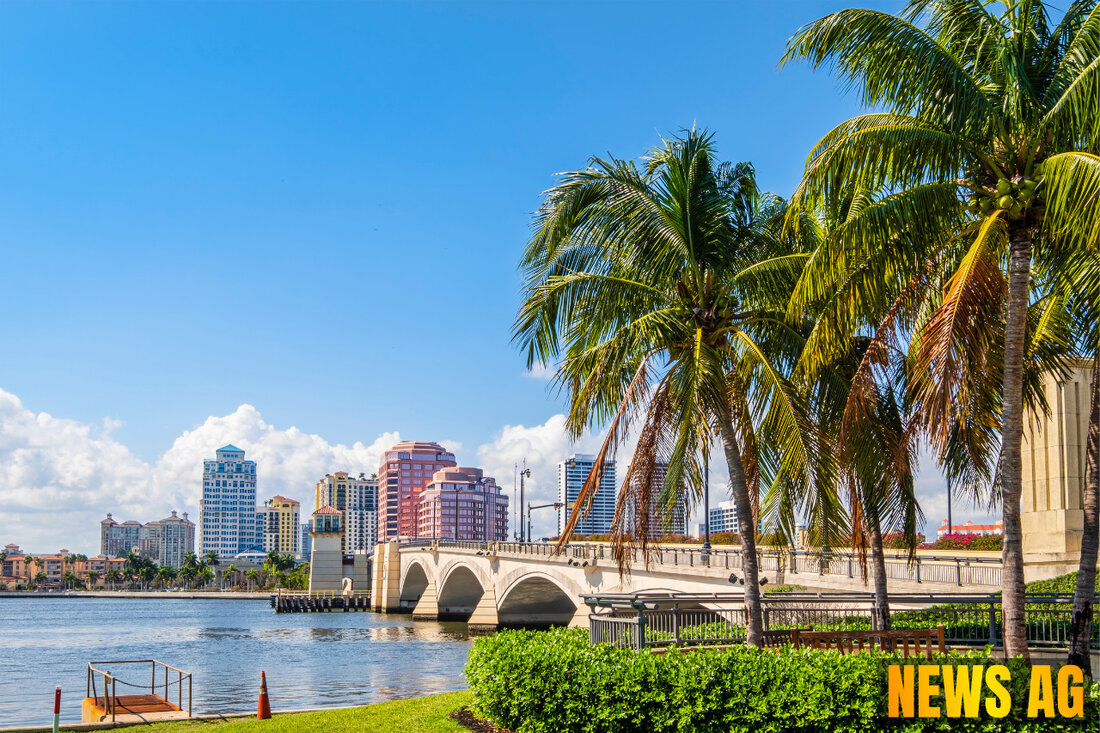Merritt Island Wildlife Fears SpaceX Launches Will Disturb Endangered Species

Cape Canaveral, Florida, USA - The waters around Cape Canaveral and the skies above it are buzzing with excitement and trepidation as SpaceX moves forward with its ambitious Starship project. On the one hand, there’s the thrill of potential job growth and economic revitalization for the Space Coast. On the other, worries about how this booming activity could impact the local environment are front and center. The Merritt Island Wildlife Association (MIWA) is keeping a careful eye on these developments, as the organization seeks to balance economic interests with environmental stewardship.
According to Florida Today, officials at MIWA are closely monitoring environmental studies related to launches from Cape Canaveral Space Force Station. The draft environmental impact statement (EIS) suggests that while SpaceX plans up to 76 annual Starship launches—which would lead to 152 sonic-boom-producing landings—the direct environmental impacts might be limited. However, concerns linger over how the associated noise and vibrations could disturb endangered species in the area, like the Southeastern beach mice and nesting sea turtles.
Economic Prospects
Despite these environmental worries, the economic forecast looks bright. SpaceX’s Starship operations are predicted to boost the local economy significantly, with estimates of around 600 new jobs created by 2030 and a potential $1.8 billion economic impact, as noted in the draft EIS. The prospect of increased job opportunities does a good deal to elevate hopes in Brevard County, where median income is set to rise alongside decreasing unemployment rates.
The Air Force’s draft EIS points out that environmental concerns did lead to the decision not to build new launch complexes in sensitive areas. Instead, SpaceX will utilize existing infrastructure, including Launch Complex 37 and Pad 39A at NASA’s Kennedy Space Center. This strategic choice mitigates certain risks to local ecosystems, as the EIS indicated that launching from these redeveloped sites would generally limit significant adverse effects on wildlife, air quality, and water resources.
Noise and Community Impact
Nonetheless, the proposed launches introduce noise as a significant cumulative concern. While the EIS concluded that overall impacts would be minimal, it acknowledged that the community could experience „annoyance“ due to the sonic booms associated with the frequent launches. Plans for noise mitigation are underway, including the installation of sound suppression systems, which SpaceX hopes will alleviate some of the disturbances caused by the anticipated nighttime operations.
The draft EIS further illuminated how the regulatory oversight is shaping the project. It’s backed by different federal agencies, including the FAA and the U.S. Fish and Wildlife Service, which emphasizes the need for a collective approach to regulate and monitor the environmental footprint of the Starship initiative. The EIS’s public comment period is open until July 28, allowing residents to voice their concerns and add to the conversation.
Environmental Considerations
As the project’s discussions unfold, additional environmental concerns echo across the space industry. Experts are scrutinizing the potential pollution stemming from increased rocket launches, as highlighted by Space.com. While the liquid oxygen and methane fuels used in Starship aren’t inherently toxic, the number of launches—potentially exceeding 200 per year when including Falcon rockets—raises alarm bells. This uptick in launch frequency could contribute to greenhouse gas emissions, carbon pollution, and further complicate our personal efforts in combating climate change.
With so many factors at play, including noise, wildlife concerns, and economic benefits, residents and officials alike find themselves wrestling with a classic dilemma: How do we embrace progress while cherishing our natural heritage? It’s a challenging balance, but as public comment periods approach, this critical conversation is only just beginning. Will the promise of economic growth outweigh the environmental risks? Only time will tell, but for now, both hope and caution reign on Florida’s Space Coast.
| Details | |
|---|---|
| Ort | Cape Canaveral, Florida, USA |
| Quellen | |
